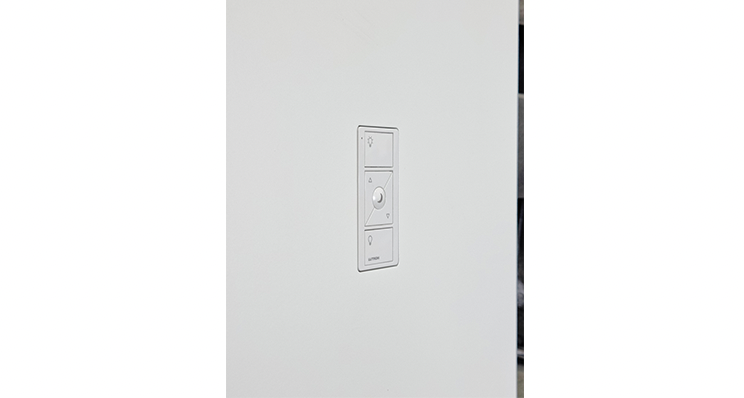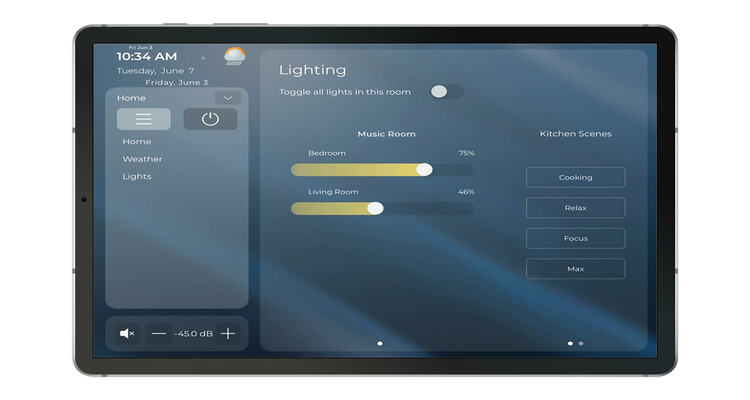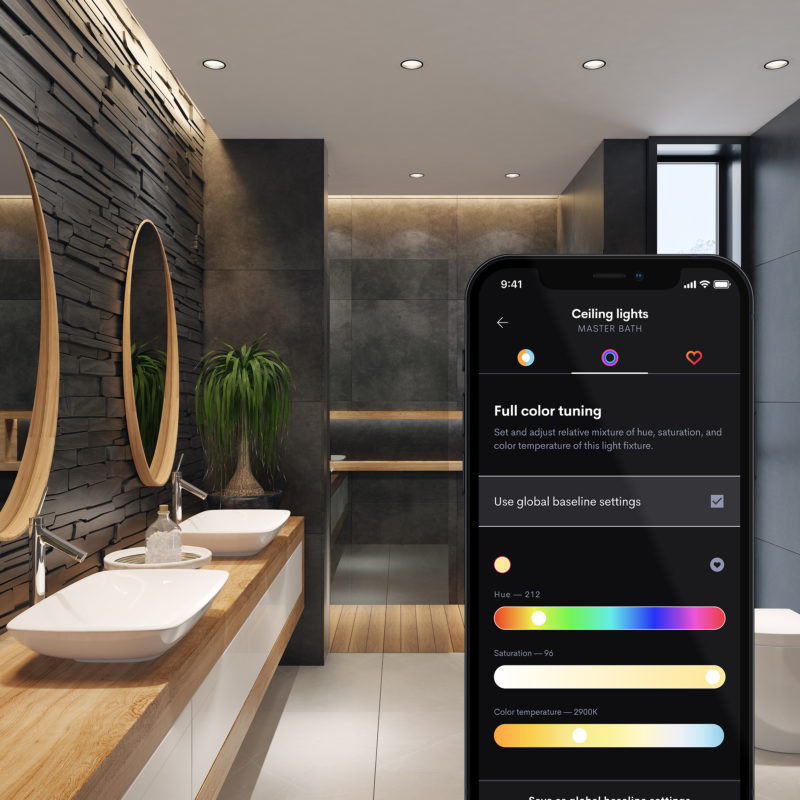Misfit Bolt And The Shift In Lighting Control
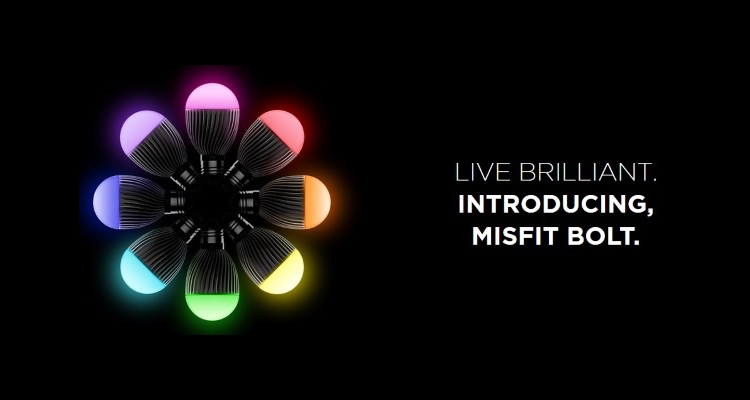
Everything changes. That’s neither a good thing, nor a bad thing; it just is.
Mostly I think of it as a good thing. Sure, old, reliable, profitable categories are superseded by strange new ones, but those scenarios have upsides too.
Don’t forget how often new product appear that are exactly what you needed on a tough job three years ago, but back then didn’t exist. Wireless control of this, two-way control of that, I still find myself looking at new technology and thinking of the problems it would have solved me on job-sites years ago.
Lighting control is a product category that continues to evolve, and professionals need to evolve with it. It’s becoming very apparent that lighting control is no longer dependent upon legacy control systems and home runs of high voltage wiring going back to dimming modules located in a central panel in the utility room.
For years now lighting control has been evolving outwards beyond the breaker boxes, moving from centralized dimmer modules to smarter outlets, switches and dimmers.
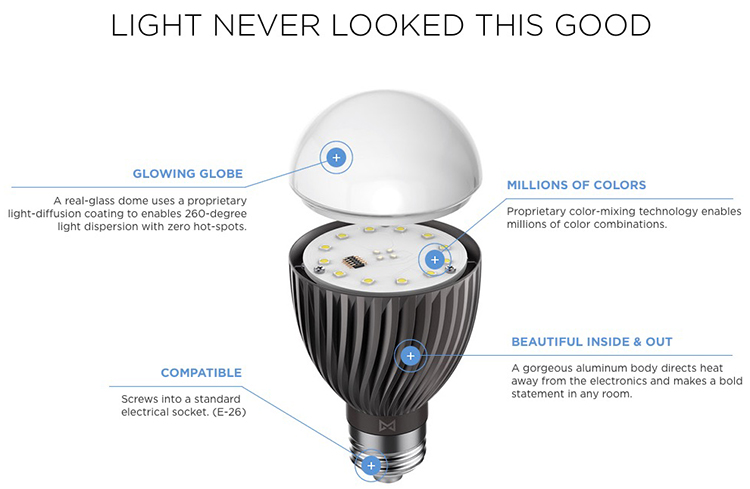 Now it seems that lighting control is evolving still further, with the “smarts” moving from the outlets and switches to the bulbs themselves.
Now it seems that lighting control is evolving still further, with the “smarts” moving from the outlets and switches to the bulbs themselves.
Lighting control is not alone in this profound change. Over the past couple of years manufacturers of declining product categories have been branching out into new territory.
You can see that amongst Bluetooth makers. The sun has been setting on the demand for Bluetooth voice products, and that’s led to a flurry of reinvention as Bluetooth makers explore everything from wearables to connected home to moisture sensors for potted plants. That’s why it’s notable to observe Misfit, a company that only recently set up shop making wearables, branch out so quickly into connected home.
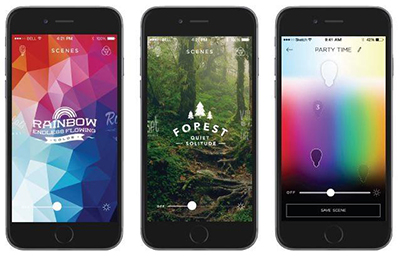 Misfit is a primarily a wearables company with two series of fitness and sleep monitors, the Shine and Flash. Now they’ve launched a smart home product, the Misfit Bolt, a color-changing LED light bulb with a wireless interface designed to give users complete control over their home lighting.
Misfit is a primarily a wearables company with two series of fitness and sleep monitors, the Shine and Flash. Now they’ve launched a smart home product, the Misfit Bolt, a color-changing LED light bulb with a wireless interface designed to give users complete control over their home lighting.
Large and round, the Bolt comprises a glass dome utilizing a proprietary light-diffusion coating which promises wide-angle light dispersion with no hot spots above a aluminum body that doubles as a heat sink. In addition to being able to produce enough bright white light for everyday household lighting a palette of millions of color combinations allows for selection of lights capes from pre-made or user-designed scenes.
Manual control and scene setting is from the Misfit Home app on iOS and Android as well as from Logitech’s Harmony Home remote and app. As part of its programmable functionality Bolt can also be used in combination with Misfit’s sleep sensing products to gently wake the user with a sunrise simulation during the lightest stage of sleep in the early morning.
It seems inevitable that new lightbulb technologies are never cheap. Bolt retails for $49 each (or 3 for $129, if that’s any consolation). However if you consider the price trajectory of not-smart lightbulb technologies like CFL or LED both were as-or even-more expensive and came down over time.
Nor is the Misfit Bolt totally alone in the marketplace. There are already several smart LED bulbs jockeying for position, although many don’t look to offer the same level of cohesion. Regardless, the change is upon us, and it’s up to lighting control professionals to adapt.



